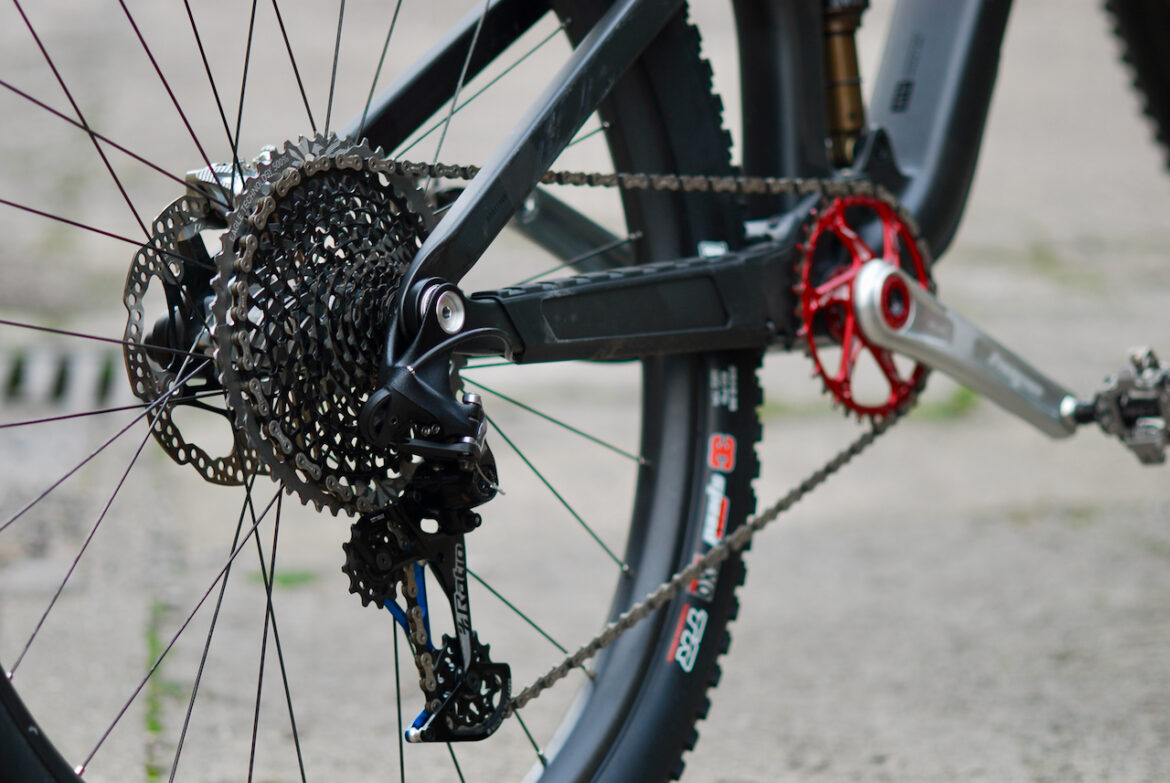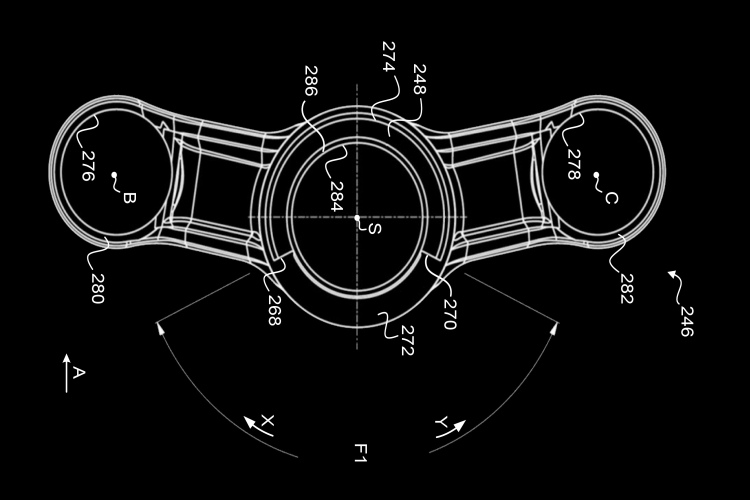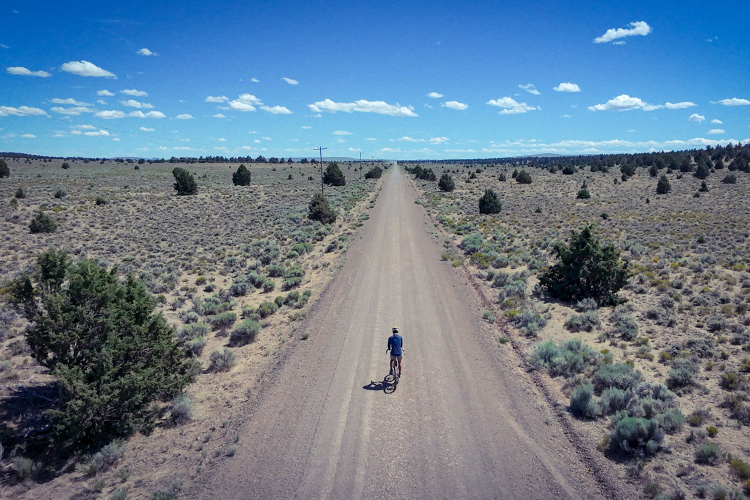
Mountain bike drivetrains might be the most interesting component space to watch for technical innovations. Their advancements have been incremental, but meaningful over the past few decades: We lost the front derailleur, consolidated gearing into a single front chainring, and expanded the cassette. Clutches made derailleurs quieter and now electronics are attempting to make them simpler in some ways, while complicating them in others. While most everything in a drivetrain has changed, there is still one piece that has been somewhat stagnant: the derailleur hanger. And now one company believes they are a total hang-up.
Ratio Technology, founded in 2018 by Tom Simpson and Felix Barker have built a component company by filling in the gaps left by other component companies, with 1×12 and 1×13 upgrade kits for shifters and derailleurs, allowing riders to keep using their older drivetrains.
“That’s our belief, is keeping all things going and trying to provide the benefits of new technology whilst allowing people to keep all of their current bits,” said Simpson. “The theme is working out where the big brands have deliberately made things incompatible. Where the two worlds get very close but don’t quite overlap, and bridging the gap.”
Now, monitoring the development of SRAM’s direct mount derailleur, Ratio has been prototyping parts that allow riders to upgrade their existing SRAM derailleur to a direct mount and ditch their hangers entirely.
Simpson and Barker made it clear that the direct mount derailleur is not their idea. Shimano released a direct-mount MTB derailleur back in 2012, and Campagnolo has offered direct-mount, road bike derailleurs for years. This year, glimpses of SRAM direct mount prototypes surfaced on the internet, ironically on the heels of the SRAM Universal Derailleur Hanger’s success.
Where Ratio comes in is making older products forward-compatible, like they’ve done with their drivetrain conversion kits. The prototype they’ve been testing is a 3D-printed bit that would convert a SRAM legacy derailleur to a direct mount and negate the hanger.
“Derailleurs are a bit flawed in their current state,” said Simpson.
The benefit comes down to a more robust system and simpler troubleshooting.


“The short answer and the number one reason is alignment,” said Barker. If the hanger is bent, 1-2mm off, then shifting can turn into slop. Derailleurs are stronger than they used to be and solidifying the interface between the derailleur and cassette can result in a stiffer, quicker shifting experience.
Though the prototype has received quite a bit of positivity they aren’t sure if they’ll take the idea to market yet.
“If we do, we’ll need to very careful because we don’t want to upset SRAM and they do have a load of intellectual property around it,” said Simpson. “Intellectual property is something that’s there to be respected. If you have enough lawyers and expensive enough lawyers, you can make any argument work as far as I can tell.”
Ratio noted that they haven’t run into issues with any of their other products which work with patented SRAM technology like Double Tap shifters. The new piece would likely only work on SRAM derailleurs since Shimano derailleurs tend to be much tougher to work on and use rivets instead of screws. SRAM’s derailleurs are much more user-friendly.
The direct mount conversion would also only work with frames that are UDH-compatible. The B-knuckle of the conversion would include female threads, standardized for M12x1 thru axles.
If Ratio continues with the product, the earliest it may sell is in the spring of 2023. Final production timelines are always deceiving and never as straightforward as some would wish.
Other factors that would determine a final market product are the material, ease of installation, and finding a proper price point. If the piece were to break, they wouldn’t want it to be so costly that having a derailleur hanger would still be a better alternative.
“We’ll either need to make it strong enough so that it doesn’t break or give it some sort of degree of freedom so that it moves up the way instead of breaking,” said Simpson. “People seem to worry about the fact that the hanger is less of an issue perhaps now as it once was. I think regardless of how strong you make the derailleur, if you hit it hard enough, something in the derailleur is going to break before you do damage to the frame. But again, it’s something we need to check out.”








5 Comments
Dec 13, 2022
It seems there is an opportunity to make a (generally) universal part that can be affixed at the axle to the most popular rear thru axle configurations which would work with older frames, and not just newer UDH-compatible frames.
Dec 13, 2022
Dec 15, 2022
Dec 13, 2022
Case in point: https://bike.shimano.com/en-SG/technologies/component/details/direct-mount-rear-derailleur.html
Both show a yellow thingie, but one is called "direct mount," the other is not.
Dec 20, 2022